
Before the Aston Martins, the outrageous gadgets, and the globe-trotting spectacle became synonymous with the name James Bond, there was *Dr. No*. Released in 1962, this modestly budgeted spy thriller starring a then-unknown Sean Connery wasn’t just a film; it was the audacious genesis of one of the most iconic and enduring franchises in film history. For 62 years, across 25 films and six lead actors, the legend of Agent 007 has captivated audiences worldwide, but it all began with that iconic line, ‘Bond, James Bond,’ delivered by the incomparable Connery.
What truly makes a cinematic legend like Bond isn’t just the final cut, but the fascinating tapestry of decisions, challenges, and serendipitous moments that happen away from the cameras. We’re talking about the raw energy on set, the creative sparks between collaborators, and the sheer dedication required to bring such an ambitious vision to life. The archives of EON Productions, alongside invaluable insights from sources like Nicholas Shakespeare’s *Ian Fleming: The Complete Man*, offer a rare peek behind the curtain, revealing the secrets of how 007 was truly born.
So, buckle up, movie enthusiasts, as we embark on a thrilling visual journey! Drawing from exclusive behind-the-scenes photographs and production stories, we’re peeling back the layers on *Dr. No*. Prepare for an in-depth, enthusiastic, and wonderfully witty look at the pivotal moments and personalities that defined the aesthetic and spirit of James Bond right from the very beginning. From the unconventional casting of its leading man to the crafting of its unforgettable heroine, these are the tales that forged a legend, guaranteed to leave you shaken, not stirred.

1. **Sean Connery’s Unconventional Casting**It’s almost unbelievable to think that the quintessential James Bond was chosen, in part, because of how he walked. Yet, according to Nicholas Shakespeare’s illuminating book *Ian Fleming: The Complete Man*, producer Albert Broccoli was utterly convinced after observing Sean Connery’s gait. Broccoli famously declared of Connery, “He walked like the most arrogant son of a gun you’ve ever seen,” concluding instantly, “That’s our Bond.” It was a visceral, instinctual decision that would forever alter cinematic history.
This isn’t to say Connery simply strolled into the role. In fact, he “did not film an audition for Dr. No, but he did pose for photos dressed as James Bond.” These crucial images were then presented to the executives at United Artists for their consideration. Surprisingly, their initial reaction was far from enthusiastic; the studio brass “felt the producers could do better,” a sentiment that now seems almost comically misguided in hindsight.
Despite the initial hesitation from the studio, Broccoli’s vision, sparked by that unforgettable walk, held firm. It speaks volumes about the early foresight and conviction that defined the birth of the Bond franchise. Ultimately, it wasn’t a screen test but a deeply observed confidence that secured Connery the part, proving that sometimes, the most profound insights come from the simplest observations.
Read more about: 12 Actors From the Electrifying 1960s Who Seemed to Vanish From Hollywood’s Limelight
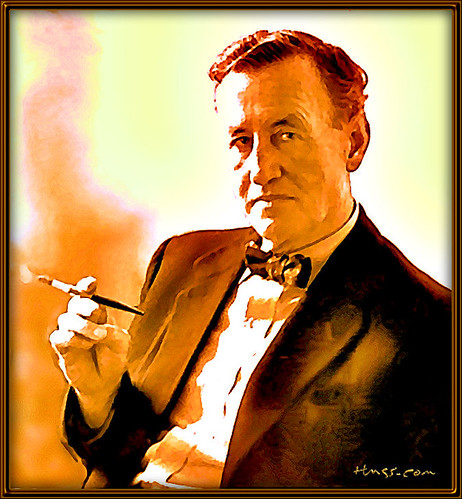
2. **Ian Fleming’s On-Set Presence**The mastermind behind the literary phenomenon, author Ian Fleming, wasn’t just a name in the credits; he was a tangible, influential presence on the set of *Dr. No*. Imagine the excitement of seeing the creator of James Bond himself engaging with the actors bringing his characters to life. Photos capture Fleming deeply engaged, “discussing secret agent matters with Sean Connery, the first of the many actors to play the dashing superspy.”
His interactions weren’t limited to his titular creation. Fleming was also seen on set with Ursula Andress, the iconic Honey Ryder. It was a fascinating confluence of visionaries and performers, as the man who dreamt up the world of 007 watched his intricate narratives and compelling personalities take on a new dimension through the magic of cinema. It must have been a truly surreal and satisfying experience for him.
Indeed, the connection between author and character was deeper than mere invention. Nicholas Shakespeare’s biography reveals that “Bond was based in part on Fleming, who dramatized and heightened his own experiences with love and spycraft.” This personal infusion of real-life adventure and intrigue into the character undoubtedly added layers of authenticity that Connery then channelled, all under the discerning eye of the character’s original architect. Fleming’s presence was a powerful reminder of the source material’s enduring spirit.
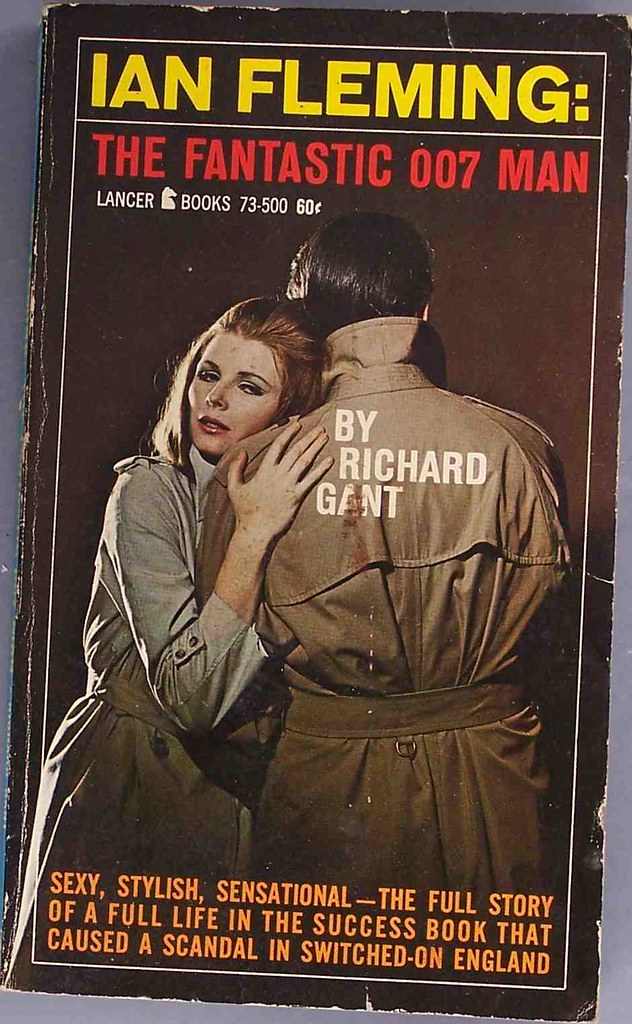
3. **Ursula Andress’s Iconic Entrance**The moment Ursula Andress strode out of the azure Jamaican waters, clad in a white bikini and belt, became an instant cinematic legend. Her character, Honey Ryder, is rightly “often considered the first ‘Bond girl’” to make a truly iconic entrance, even if she technically appears “about halfway through Dr. No” and is preceded onscreen by Sylvia Trench and Miss Taro. Yet, it’s *that* beach scene that truly solidified the archetype.
However, this legendary moment almost looked very different. Honey Ryder’s profession, “shell diving,” meant she “enters Dr. No bearing shells” from the sea. In Ian Fleming’s original novel, she arrived wearing “only the belt” – a detail that, perhaps unsurprisingly, “1962 film censors seem unlikely to have signed off on that idea.” The iconic white bikini, therefore, was a brilliant, culturally transformative compromise, managing to be both alluring and acceptable.
The impact of Andress’s entrance was immediate and profound, transforming the film’s prospects. Chris Blackwell, son of Ian Fleming’s muse Blanche Blackwell, recounted in *Ian Fleming: The Complete Man* how initial expectations were bleak: “‘It was going to be a low-budget flop.’” But everything changed “when we watched the rushes of Ursula Andress emerging from the sea.” He remembered it as “electrifying. We suddenly felt, ‘Gosh, we’ve got a movie.’” It was the defining moment that shifted the entire perception of the production.
Read more about: Beyond the Beach: 10 Iconic Movies That Cemented the Bikini’s Status in Fashion History
4. **The Suit Makes the Man: Tailoring 007’s Image**James Bond isn’t just about explosive action; he’s a paragon of style, and this sartorial excellence was meticulously established from the very first frame of *Dr. No*. Behind the scenes, Sean Connery underwent fittings, being “fitted for one of the many ultra stylish suits he would wear in the role of 007.” This attention to tailoring was paramount, ensuring Bond exuded an air of effortless sophistication, even when navigating danger.
Connery’s journey to becoming the world’s most debonair secret agent was paved with an array of surprisingly diverse previous careers. Nicholas Shakespeare’s *Ian Fleming: The Complete Man* reveals an eclectic past: “Among other jobs prior to taking on his most famous role, Connery was a naval boxer, lifeguard, and art class model.” This rich tapestry of real-life experience undeniably contributed to the rugged charm and physical prowess he brought to Bond.
From the boxing ring to posing for artists, Connery possessed a natural masculinity that perfectly complemented the sharp suits and elegant accessories of 007. The impeccably tailored suits weren’t just clothing; they were a crucial part of the character’s mystique, a visual shorthand for his confidence and unwavering composure. It was a fusion of innate charisma and crafted elegance that forged an enduring style icon.

5. **The Radiant Chemistry of Connery and Andress**Some on-screen pairings just click, and the dynamic between Sean Connery and Ursula Andress in *Dr. No* wasn’t just a click – it was a supernova. The publicity photos for the film absolutely radiate with it, showcasing a “radiant, transcendent chemistry between Connery and Andress.” It’s clear that this electrifying connection was not just a happy accident but, as the source states, “exactly the idea” from the very beginning.
Ursula Andress herself, in a 2020 interview with the Italian newspaper *Corriere della Sera* following Connery’s passing, warmly reflected on their relationship. She recalled him as a protective and wonderful co-star: “He was very protective towards me, he was adorable, fantastic.” She further elaborated on his undeniable masculine appeal, adding, “He adored women, He was undoubtedly very much a man.” Their mutual respect and admiration were palpable.
This deep connection extended far beyond the confines of the film set, blossoming into a lifelong friendship. Andress fondly recounted, “We spent many evenings together and he would invite me everywhere, Monte Carlo, London, New York, from when we met until now we always remained friends. Friends, friends.” This genuine, enduring bond undoubtedly translated into the unforgettable spark that audiences witnessed on screen, making their partnership one for the ages.
Read more about: Unseen Moments with Bond Girl 001: 12 Electrifying Behind-the-Scenes Images of Ursula Andress on the Set of Dr. No

6. **Director Terence Young: Architect of 007’s Aesthetic**While Sean Connery delivered the iconic lines and perfected the steely gaze, it was director Terence Young who laid the stylistic groundwork for the entire James Bond cinematic universe. Behind the scenes, Young was a constant, guiding presence, often captured “discussing a scene with director Terence Young” alongside Connery and Andress, meticulously shaping the film’s visual and narrative tone.
Young’s influence wasn’t a one-off stroke of genius with *Dr. No*; he became an essential architect of the early franchise. He not only “brought Bond to the screen for the first time” but also returned to direct the immediate sequel, *From Russia With Love*, released just a year later in 1963. His final foray into the 007 world was *Thunderball* in 1965, a film that catapulted ‘Bondmania’ into the stratosphere.
It is truly “safe to say that no director did more to shape the aesthetic of the early franchise.” From the sophisticated atmosphere to the crisp pacing of the action sequences, Young established the cinematic blueprint that would define Bond for generations. His vision was instrumental in transforming Ian Fleming’s novels into a blockbuster phenomenon, setting the standard for spy thrillers worldwide and securing his legacy as a true maestro of espionage cinema.
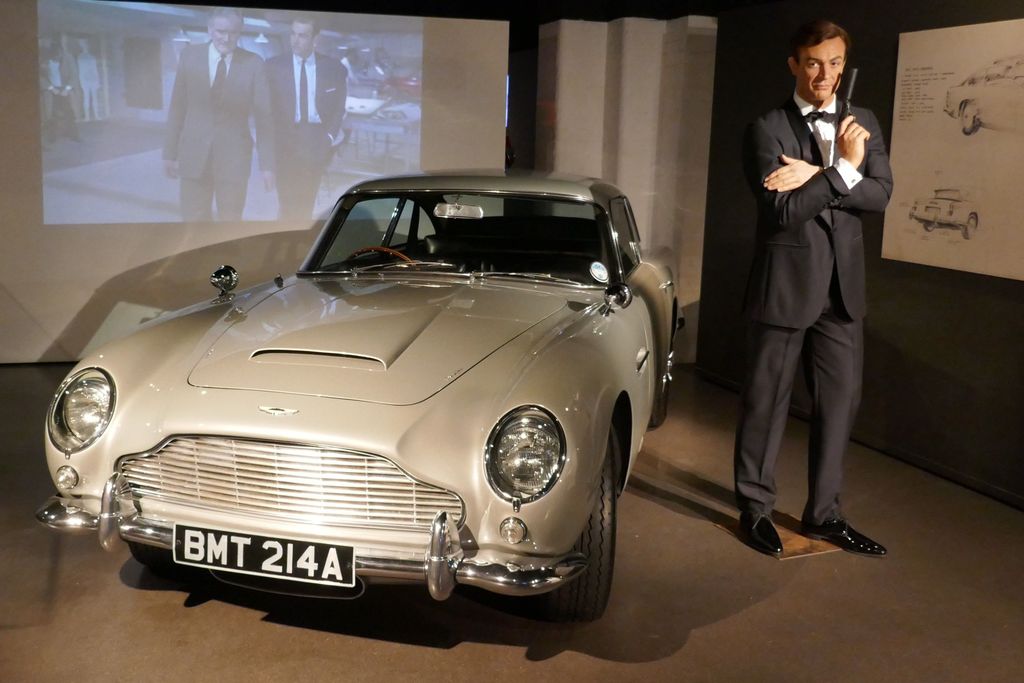
7. **The Rigors of Early Bond Stunt Work**While *Dr. No* certainly set a new benchmark for suave sophistication, it also wasted no time in establishing James Bond as a formidable force of physical action. The film’s early fight sequences were raw, intense, and relied heavily on practical stunt work, showcasing a man’s cunning and sheer physical prowess rather than elaborate gadgets or digital trickery.
One unforgettable moment saw Sean Connery, in his nascent role as 007, engaging in a visceral skirmish with a chauffeur, featuring stuntman Bob Simmons. For the perfect shot, Connery famously threw Simmons no less than three times, meaning Simmons endured the same fall repeatedly. Such was the commitment that his suit often had to be “replaced or cleaned between takes,” highlighting the demanding, messy realities of crafting cinematic combat.
These foundational action sequences were crucial. They defined Bond not just as a sharp-suited charmer, but as a dangerous operative capable of handling himself in any close-quarters confrontation. The dedication of Connery and stuntmen like Simmons in these early days created a benchmark for believable spy action, forging a template for the visceral thrill that would become a hallmark of the franchise.
Read more about: Beyond the Screen: Uncovering the Fates of the Most Iconic TV and Movie Cars Ever
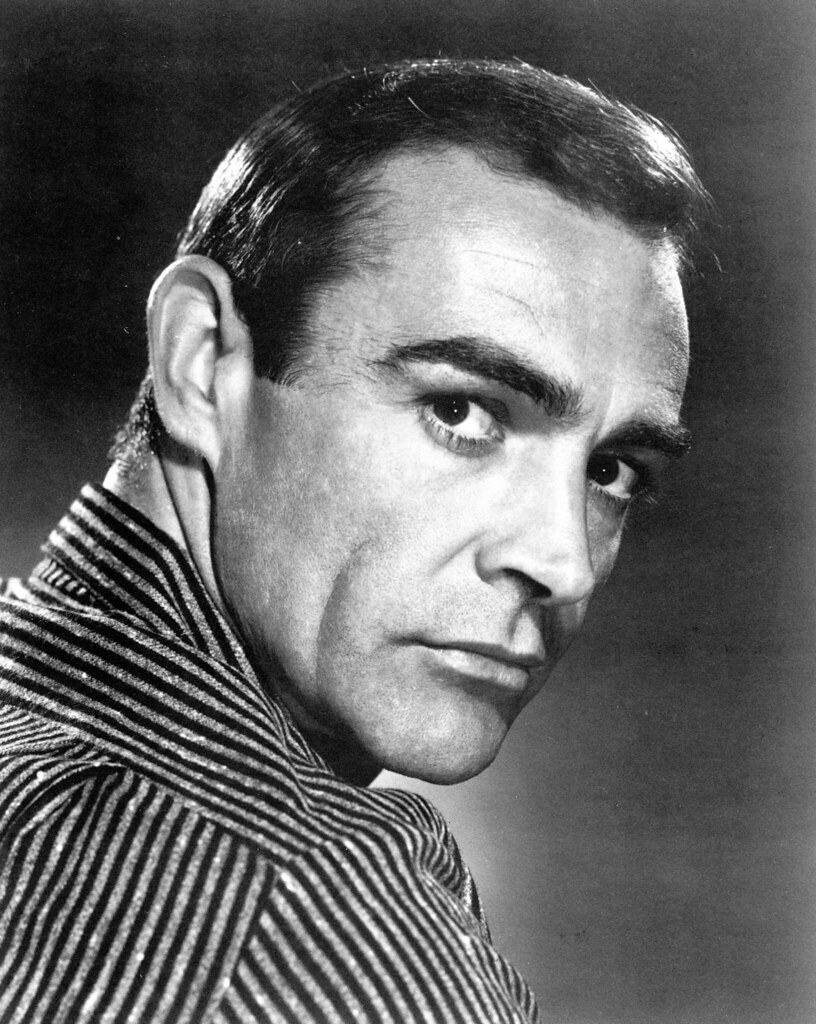
8. **Sean Connery’s Pre-Production Transformation**Before Sean Connery even uttered his famous introduction on screen, the transformation into James Bond was already well underway, captured in a series of pivotal pre-production photographs. These weren’t mere casual snapshots but carefully composed images, designed to visually argue that this rugged, unknown Scottish actor possessed the inherent charisma and sophisticated edge required to embody Ian Fleming’s iconic creation.
Producer Cubby Broccoli, a man of profound instinct, had already been swayed by Connery’s distinctive walk, famously declaring, “That’s our Bond.” However, the path to winning over the United Artists executives was less straightforward. Despite Connery not filming an audition for *Dr. No*, these “photos dressed as James Bond” were crucial. The studio brass, however, remained unimpressed, reportedly feeling “the producers could do better,” a sentiment that now seems almost comically misguided in hindsight.
Yet, regardless of the initial executive response, these images played an indelible role in solidifying Connery’s look and bearing. They were the earliest visual manifestation of Bond, a testament to the collaborative effort of defining the character’s sartorial elegance and stoic confidence. They established the benchmark for 007’s on-screen presence, proving that even before cameras rolled for principal photography, the legend was already taking shape, one perfectly framed shot at a time.

9. **Battling Jamaica’s Unpredictable Elements**While the sun-drenched beaches of Jamaica provided an idyllic and exotic backdrop for James Bond’s inaugural adventure, the reality of location filming often veered sharply from the postcard fantasy. The tropical paradise proved to be a formidable adversary in its own right, presenting the cast and crew of *Dr. No* with a relentless series of climatic challenges.
Throughout the six-week location shoot in Jamaica, the film was “plagued by bad weather,” turning what should have been effortless scenes into a waiting game. Imagine the iconic Ursula Andress, poised for her legendary entrance, but instead, she and Sean Connery were frequently seen “wait[ing] for the sun to come out between takes.” For comfort and warmth, the stunning “Ursula is covered to stay warm,” a charming visual reminder of the less-glamorous aspects of filmmaking.
This constant battle with the elements speaks volumes about the dedication required to bring *Dr. No* to the screen. Every clear sky became a blessing, every ray of sunshine precious. Despite the logistical headaches and delays caused by the weather, the team pressed on, determined to capture the breathtaking beauty of Jamaica that would become so synonymous with Bond’s globe-trotting escapades. It’s a subtle but significant detail that reminds us of the sheer grit behind the glamour.
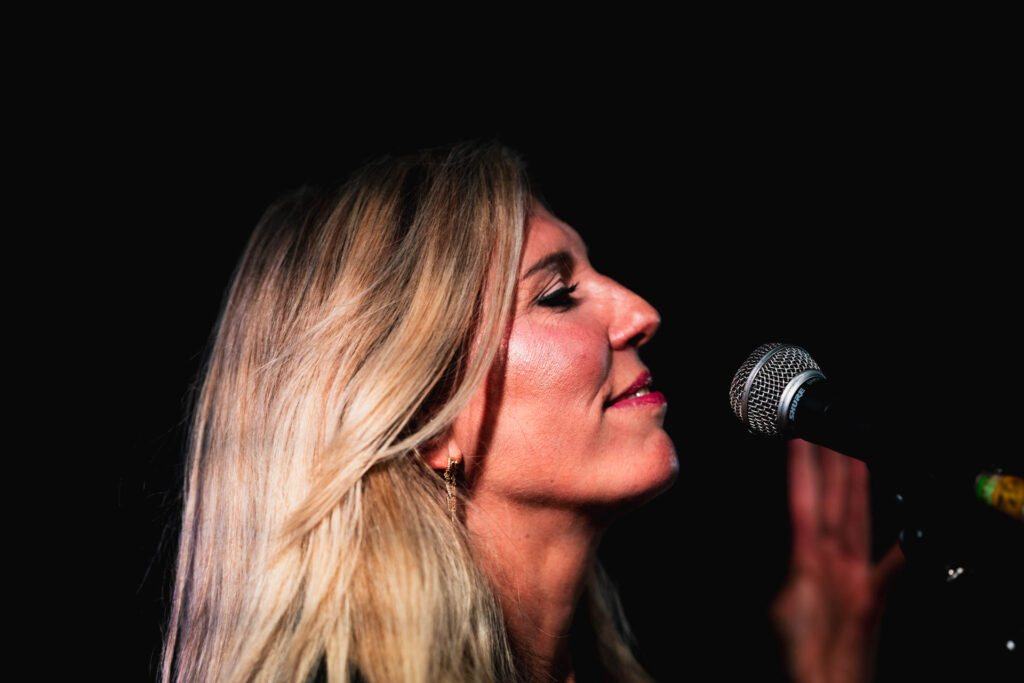
10. **The Meticulous Crafting of Honey Ryder’s Debut**Ursula Andress’s emergence from the sea as Honey Ryder is more than just a famous scene; it’s a meticulously crafted moment, a cornerstone of cinematic history. While its impact was immediate and profound, the journey to its perfect execution involved precise planning and even some unexpected interruptions. This was not a spontaneous splash, but a carefully choreographed sequence that etched itself into the global consciousness, forever altering the landscape of film iconography.
The exact genesis of this legendary scene is steeped in fascinating details. It was on “February 8, 1962, [that] Ursula Andress shot her first scene in her white bikini at the private beach at Laughing Waters.” The director, Terence Young, was intensely hands-on, even down to the smallest sartorial details, as a contact sheet reveals him “applying blanco to Ursula’s belt” to ensure its pristine white stood out against the turquoise backdrop. Even Sean Connery was captured “fooling around for the camera (he used to be a body builder)” during these crucial takes, showcasing a blend of meticulousness and lightheartedness on set.
Adding a touch of delightful absurdity to this pivotal shoot, the very creator of James Bond almost unwittingly became an extra! Author Ian Fleming, who had a property nearby, was walking along Laughing Waters with two friends when he nearly strolled right into a take. Director Terence Young, ever the professional, had to “yell[] at them to ‘Lie down!'” and famously “shooed off like little boys” the creator of 007 himself and his companions, leaving them “lying behind a dune, forgotten, until someone remembered to release them an hour later.”
This humorous anecdote, alongside the meticulous details, showcases the focused chaos that can sometimes surround the birth of legendary cinema. It highlights how even amidst minor hiccups, a truly iconic moment was painstakingly brought to life, ensuring Honey Ryder’s debut would be unforgettable for generations to come.

11. **The Dawn of Bond Publicity**Long before the internet and social media transformed film promotion into a 24/7 global spectacle, movie publicity had a more tactile, almost intimate quality. The release of behind-the-scenes photographs was a crucial element in building anticipation, offering audiences a tantalizing glimpse into the world they were about to enter.
One such captivating image, destined to become a piece of cinematic history in its own right, depicted a relaxed and vibrant moment away from the intense filming. It showed “Sean Connery and Marguerite LeWars enjoying the reggae music of Byron Lee and the Dragonaires” between setups. What made this particular photo groundbreaking was its impact: it “was published in the Coventry Evening Telegraph on February 13—the first set photo to see print in the UK.”
These early flashes of publicity were instrumental in cultivating the mystique surrounding James Bond and his world. They weren’t just random pictures; they were carefully curated peeks into the glamour, the excitement, and the sheer coolness of 007. This strategic drip-feed of information and imagery laid the vital groundwork for what would become an unprecedented level of global marketing for the franchise, demonstrating that even at its genesis, Bond understood the power of a perfectly timed reveal.
Read more about: Lights, Camera, ‘Love’? Unpacking Hollywood’s Most Head-Scratching ‘Showmances’ That Had Us All Fooled
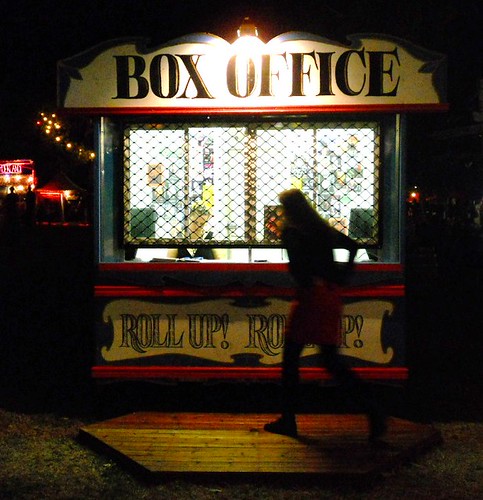
12. **From Low Budget Skepticism to Cinematic Triumph**It’s almost unthinkable now, given the towering monolith that the James Bond franchise has become, but *Dr. No* was initially approached with a considerable degree of skepticism and modest expectations. Far from being heralded as the birth of a global phenomenon, the film was conceived and produced under the shadow of a “very small budget,” with many involved anticipating a far less impactful reception than it ultimately achieved.
Ursula Andress, the indelible Honey Ryder herself, candidly admitted her initial reservations. Reflecting on the production, she told *Corriere della Sera*, “I didn’t know Sean, and I thought it would be my first film and maybe my last.” She further elaborated on the humble beginnings, stating, “It was a very small budget production and I agreed to do it thinking not many people would see it.” This sentiment was echoed by others close to the production; Chris Blackwell, son of Ian Fleming’s muse Blanche Blackwell, recalled in *Ian Fleming: The Complete Man* how initial expectations were downright bleak: “‘It was going to be a low-budget flop.’”
However, what transformed this perceived “flop” into an undeniable triumph was the sheer, magnetic power of a single scene: Andress’s iconic beach emergence. Blackwell described the moment they reviewed the rushes: “It all changed when we watched the rushes of Ursula Andress emerging from the sea.” He remembered it as “electrifying. We suddenly felt, ‘Gosh, we’ve got a movie.’” This pivotal moment shifted the entire perception of the film, turning a modest spy thriller into a cinematic sensation.
*Dr. No* wasn’t just a success; it was a testament to visionary filmmaking, compelling performances, and a dash of unexpected magic. Despite humble origins, it defied expectations, proving that even with small beginnings, a legend can be born and forever alter cinematic history, setting the stage for one of the world’s most enduring film series.
Read more about: Seriously Inspiring! These 15 Icons Faced Massive Rejection (Like 50+ Times!) Before Dominating Their Fields – Get Ready to Be Motivated!
As we close the dossier on these captivating behind-the-scenes moments from *Dr. No*, it becomes crystal clear that the making of the first James Bond film was far more than just a production; it was an act of cinematic alchemy. From the instinctual casting calls and the dedicated stunt work to the battle against tropical storms and the unexpected surge of pre-release excitement, every challenge and decision contributed to a tapestry of storytelling that would captivate generations. The raw energy, the creative genius, and the sheer audacity of *Dr. No* didn’t just give us a secret agent; it gave us a blueprint for an entire genre, a global icon, and an enduring legacy that continues to shake and stir audiences 62 years later. Here’s to the enduring power of Bond, James Bond!



